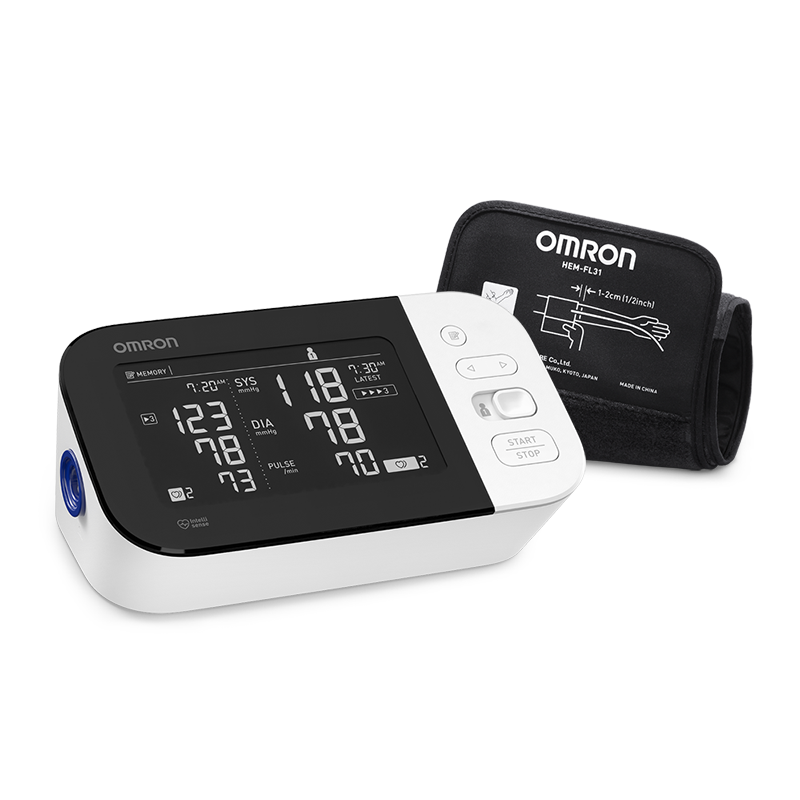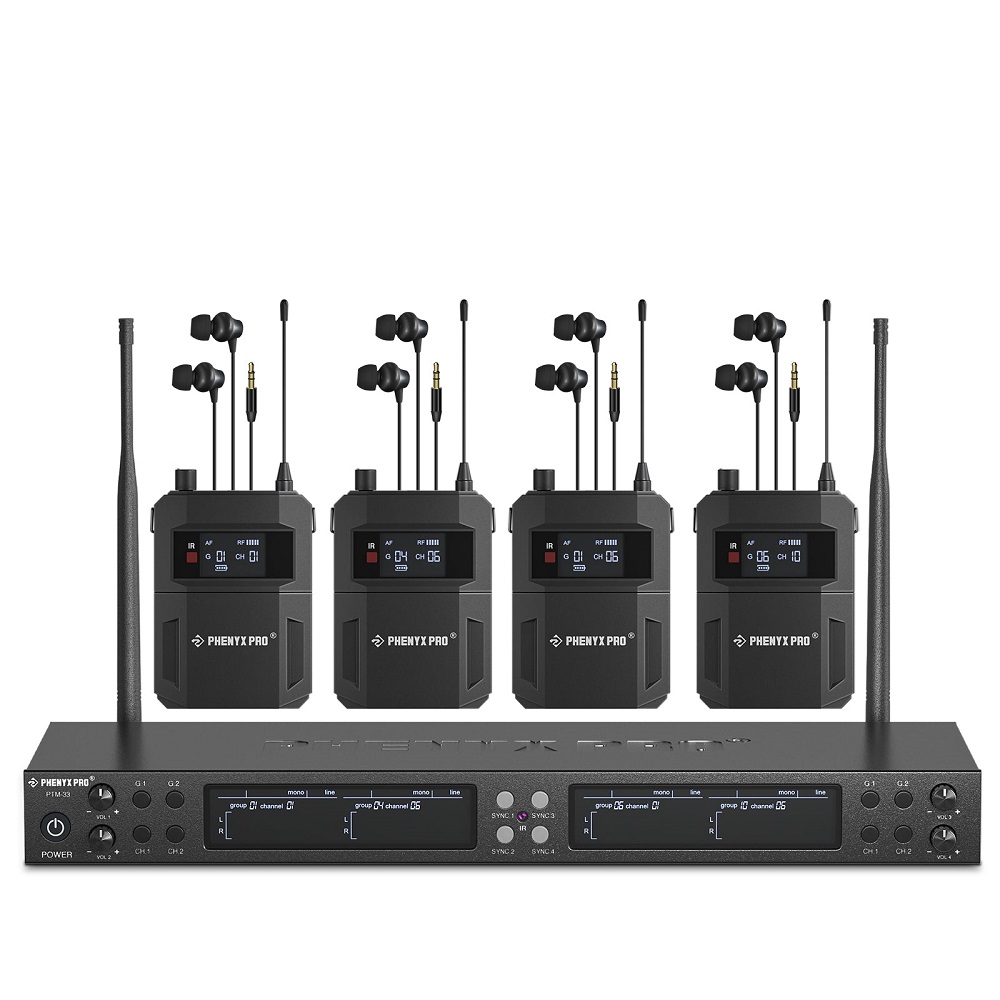As technology advances, our reliance on wired connections is diminishing, giving way to the convenience and simplicity of wireless devices. One area where this transformation is particularly evident is in the use of wireless monitors. From boosting productivity to enhancing aesthetics, wireless monitors offer a range of benefits. This article delves into the advantages of using wireless monitors and how they can improve both personal and professional environments.
Enhanced Mobility and Flexibility
Increased Freedom of Movement
One of the most significant advantages of wireless monitors is the increased freedom of movement they offer. Without the constraints of cables, you can easily move your monitor to different locations, allowing you to work or consume content from various parts of your room or office. This flexibility is particularly beneficial for collaborative work environments, enabling team members to share screens and move around freely.
Wireless monitors are also ideal for presentations and meetings, allowing you to position the display where it’s most visible to all participants without worrying about cable length or placement. The freedom of movement facilitated by wireless monitors enhances convenience and makes it easier to adapt to different setups and scenarios.
Simplified Workspace Organization
Wireless monitors significantly simplify workspace organization by eliminating the clutter of cables and cords. A cleaner, more organized workspace not only looks better but also boosts productivity and focus. Without the need for complex wiring setups, you can maintain a minimalist desk environment, making it easier to switch between tasks and devices.
Additionally, a tidier workspace reduces the risk of accidents such as tripping over cables or damaging equipment. Simplified organization also means easier maintenance and faster setup when changing or upgrading devices. The reduction of physical clutter ensures a more pleasant and efficient working environment.

Improved Aesthetics
Sleek and Modern Design
Wireless monitors contribute to a sleek and modern design aesthetic, enhancing the overall look of your workspace. Without dangling cables, the setup appears more streamlined and professional. Whether in an office or home environment, a clean, uncluttered appearance projects a sense of order and sophistication.
These aesthetics can also positively impact mood and creativity, making the workspace a more inviting and motivating place to spend time. For businesses, the professional look of wireless setups can leave a favorable impression on clients and visitors. The sleek design facilitated by wireless monitors thus enhances both personal satisfaction and professional image.
Versatile Placement Options
The absence of cables with wireless monitors allows for versatile placement options that wired setups cannot offer. You can easily mount the monitor on walls, place it on shelves, or even use it in less traditional locations where wiring would be cumbersome. This versatility opens up new possibilities for design and functionality within your space.
For instance, in creative studios or retail environments, wireless monitors can be strategically placed to display information or artwork without being constrained by cable lengths or power outlets. Pushing the boundaries of placement ensures that your space maximizes both practicality and visual appeal.
Seamless Connectivity
Easy Setup and Pairing
Wireless monitors are designed for seamless connectivity, making setup and pairing quick and straightforward. Most wireless monitors use technologies such as Wi-Fi, Bluetooth, or wireless HDMI to connect to your devices. These connections can often be established with just a few clicks, eliminating the need for complex wiring and configuration processes.
Easy setup and pairing mean you can get your monitor up and running in no time, enhancing productivity and reducing downtime. This simplicity is especially useful in environments where monitors need to be frequently moved or reconfigured. Seamless connectivity ensures that you spend less time on setup and more time on your actual tasks.

Multi-Device Integration
Wireless monitors excel in multi-device integration, allowing you to easily switch between different input sources or even display content from multiple devices simultaneously. This is particularly beneficial for multitasking professionals who need to work between laptops, tablets, and smartphones.
With features such as picture-in-picture or split-screen modes, you can manage various workflows without constantly reconnecting cables or manually switching inputs. This level of integration enhances efficiency and streamlines your working process. Multi-device integration allows for a more dynamic and flexible workspace, catering to the needs of modern computing environments.
Enhanced Collaboration
Real-Time Screen Sharing
Wireless monitors facilitate real-time screen sharing, making collaboration smoother and more efficient. Whether in a business meeting, classroom, or creative brainstorming session, participants can easily share their screens with the group, enabling faster exchange of ideas and information.
Real-time screen sharing eliminates the need for physical cables to switch between devices, thus speeding up the collaboration process. It also supports more interactive and engaging presentations, as multiple participants can contribute seamlessly. Enhancing collaboration through wireless screen sharing ensures more productive and dynamic group interactions.
Improved Remote Work Capabilities
In the era of remote work, wireless monitors offer significant advantages for distributed teams. They support remote desktop applications and virtual collaboration tools, enabling team members to connect and work together effectively from different locations. This flexibility is crucial for maintaining productivity and cohesion in remote and hybrid work setups.
Wireless monitors also allow remote workers to set up dual or multi-monitor configurations easily, even in temporary or makeshift workspaces. This enhances their ability to multitask and manage workloads efficiently, similar to an office environment. Improving remote work capabilities with wireless monitors ensures that employees remain connected and productive, regardless of their location.
Energy Efficiency and Sustainability
Reduced Energy Consumption
Wireless monitors are often designed with energy efficiency in mind, consuming less power compared to their wired counterparts. The reduction in cable usage also means lower energy loss and simpler power management solutions. Many wireless monitors come with energy-saving features like automatic sleep modes and brightness adjustments based on ambient lighting conditions.
By reducing energy consumption, you not only lower operational costs but also contribute to a more sustainable environment. Energy-efficient monitors are especially beneficial in large office settings or homes where multiple devices are in use regularly. Promoting energy efficiency with wireless monitors supports both economic and environmental benefits.

Sustainable Work Environments
Implementing wireless monitors can contribute to creating more sustainable work environments. The decreased reliance on cables reduces plastic waste and minimizes the need for additional electronic accessories, which can be harmful to the environment. Moreover, wireless monitors often come with recyclable parts and eco-friendly packaging.
A commitment to sustainability can enhance a company’s brand image and appeal to environmentally conscious consumers and employees. By adopting wireless monitors, organizations can take a significant step toward greener operations and responsible resource management. Supporting sustainable work environments shows a dedication to eco-friendly practices that benefit everyone.
Enhanced User Experience
Ergonomic Benefits
Wireless monitors offer several ergonomic benefits that contribute to a more comfortable and healthier user experience. The flexibility in placement allows users to position screens at optimal heights and angles, reducing strain on the neck and eyes. Adjustable stands and mounts add further customization for the most ergonomic setup.
Without cables, desks are less cluttered, providing more space for ergonomic accessories like adjustable keyboard trays and chairs. This creates a workspace that promotes better posture and reduces the risk of repetitive strain injuries. Enhancing ergonomics with wireless monitors supports long-term health and productivity.
Versatility in Usage Scenarios
The versatility of wireless monitors means they can adapt to various usage scenarios beyond traditional computing. For example, they can be used in kitchen setups for following recipes, in fitness areas for streaming workout videos, or in guest rooms as entertainment centers. The flexibility to move and reposition wireless monitors makes them suitable for any room in the house.
In commercial settings, wireless monitor can be used for digital signage, interactive displays, or customer engagement tools in retail stores and restaurants. Their adaptability ensures they meet the diverse needs of different environments and purposes. The versatility in usage scenarios makes wireless monitors a valuable addition to any setting.
Conclusion
Cutting the cord with wireless monitor offers a plethora of advantages, from enhanced mobility and improved aesthetics to seamless connectivity and better collaboration. Their energy efficiency, sustainability, and ergonomic benefits further add to their appeal, making them a worthwhile investment for both personal and professional use. By embracing the versatility and convenience of wireless monitors, you can create a more dynamic, efficient, and visually appealing workspace. Whether for boosting productivity, enhancing entertainment, or promoting sustainability, wireless monitors provide a modern solution that meets the evolving needs of today’s technology-driven world.